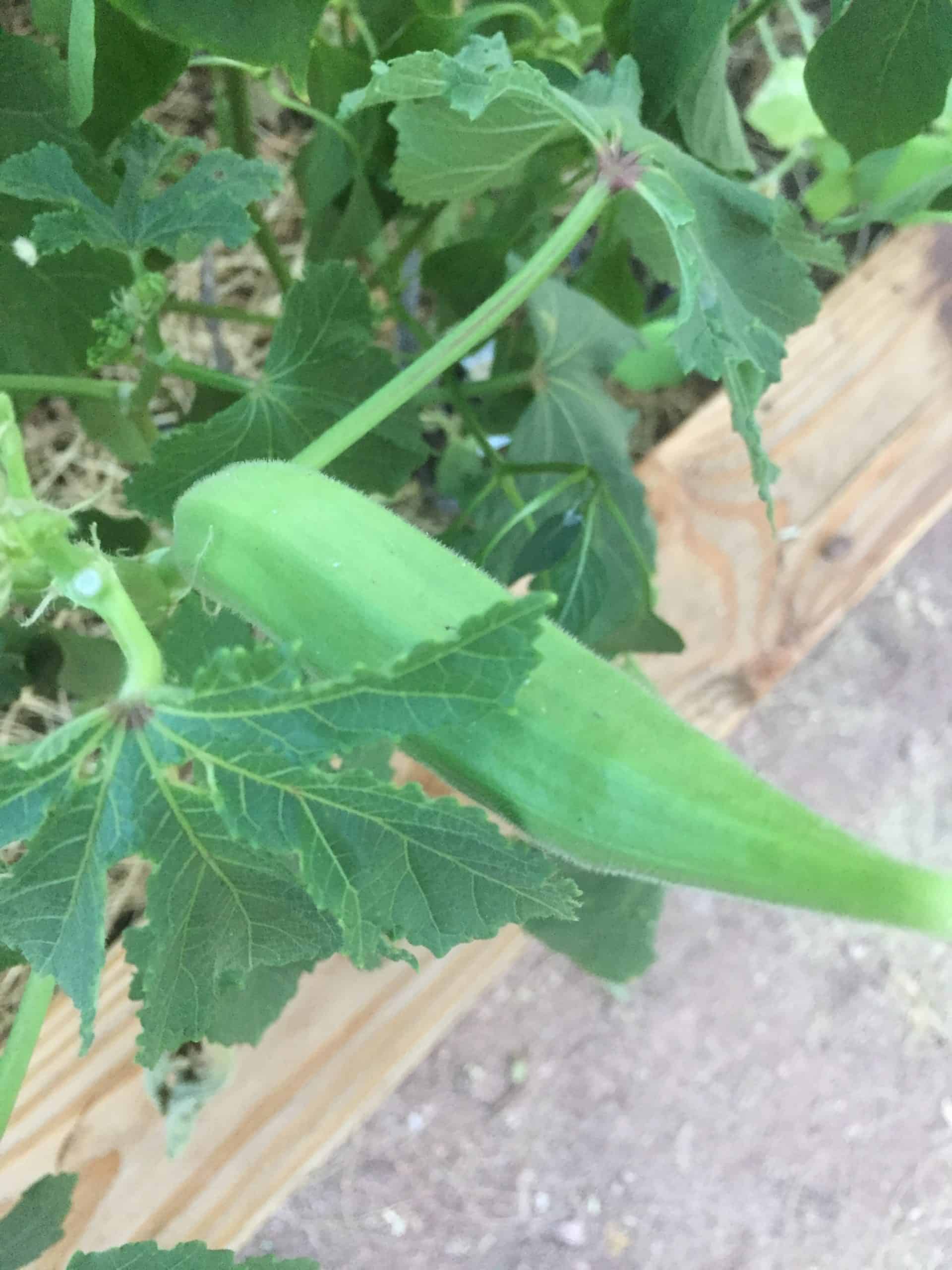

To grow Okra in pots, start with a large enough pot, at least 10 to 12 inches (25-31 cm) in diameter.
#Full grown okra plant full
Okra should be grown in fertile, well-drained soil in full sunlight for good yields. Okra thrives in full sun, place the plant in a spot that gets 5-6 hours of sunlight, or it will not produce much fruit. Good soil management and crop rotation help to control diseases in Okra plants. During extended dry spells, a weekly deep soak is beneficial.

Regular watering is required and is essential during flowering and pod development. Start transplanting about 2 to 3 weeks before planting, ideally about two weeks after your last frost-free date in the spring. Okra transplants can be grown indoors or purchased from a local greenhouse. After the germination process, thin to one plant per pot. Sow Okra seeds in peat pots if planted indoors. Sow Okra in individual pots of light potting mix 4 to 6 weeks before you intend to set plants out. Okra usually starts indoors in a greenhouse, warm, well-lit sunroom, or kitchen. I am especially fond of fried okra, and pickled okra is a real dilly of a treat.Īll articles are copyrighted and remain the property of the author.How to grow Okra from seed to harvest Can the Okra plant be grown indoors? Try one of Chef Linda’s okra recipes on this site in the Articles section. You could even grow them in a flower border. Okra flowers are attractive and there are some with purple pods. There are small varieties developed for container culture. Even if you don’t have a vegetable garden patch, you can grow okra. Keep your plants fertilized throughout the growing season and be sure to water them if rains don’t give them a good drink. Once it sets seed, its reason for living is fulfilled and it has no more reason to put out any more flowers or fruit. You never want to let okra “go to seed” or you will lose new harvests. If some pods get away from you and stay on the plant too long, then cut them off and throw them away. Harvest the pods every other day while they are young and tender.

Even so, when you harvest okra, be sure to wear gloves. Look for spineless varieties, since old timers can chew up your hands.

To speed the seeds along, you can soak them overnight in warm water before you plant them. The plants should be thinned to about 2 feet apart, after they are up and growing. Do make sure you will be able to reach the tall plants from all sides in order to make harvesting easier. You can plant it in rows or in hills, raised up a few inches to improve drainage. So, wait until a couple of weeks after your frost-free date to plant it out in your garden. After all, its heritage is most likely African. It likes its soil warm and toasty in order to germinate. It doesn’t do any good to plant okra seed early. The planting site should be in full sun, or at least have sunshine for 6 hours or more a day. Now that I'm grown, and my heart and home is in Dixie, I've tasted homegrown okra and let me tell you there is a world of difference. My first introduction to okra was in a can of vegetable soup, slimy little pieces that I pushed to the side and didn't eat after that first bite. Since I grew up in the Midwest, my appreciation of okra is not love, but it has become more than tolerance. Okra is definitely a most southern vegetable. Growing up Southern gives you an added advantage.


 0 kommentar(er)
0 kommentar(er)
